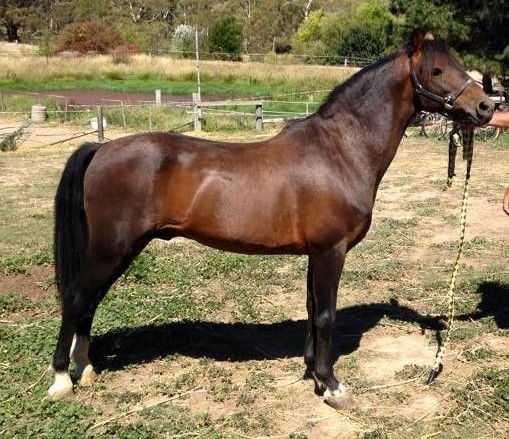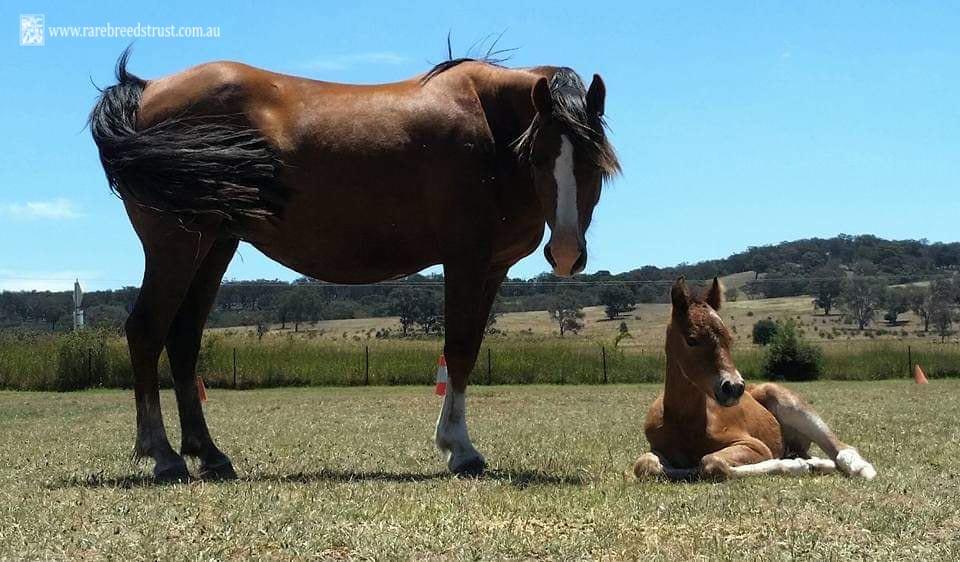
RARE BREEDS TRUST OF AUSTRALIA
powered by TidyHQHorses : Hackney Pony
Horses : Hackney Pony
Origin
England
Australian Status

International Status
In its home country listed together with the Hackney Horse as Critical (Fewer than 300) and as Critical/Nearly extinct globally by Equus Survival Trust.
Uses
Driving, pleasure, showing.
Breed traits
Height up to 14hh. It should have true pony characteristics, with a small pony head, carried high and large intelligent eyes. Neck muscular, arched and carried proudly, with powerful shoulders, a compact back and a light frame. They usually have even more exaggerated action than the Hackney horse, knees rising as high as possible and hocks coming right under the body. The action should be fluid, spectacular, and energetic. A brave, alert and energetic pony with great stamina and a reputation for being fearless. Colours are black, bay and chestnut, with chestnut exhibiting flaxen manes and tails. Sabino gene amongst the breed contributes to many having white markings, with the possibility of white markings also on the body.
History
The Hackney Pony is a breed of pony closely related to the Hackney Horse. Originally developed by Christopher Wilson by using a Hackney stallion over Fell Pony mares. His desire was to create a true pony type with the large trot and other characteristics of the Hackney Horse, in which he was successful.
By the 1880s the breed was established and rather popular and they was considered very stylish to drive during the late nineteenth and early twentieth centuries. The introduction of motor vehicles as a form of transport saw the Hackney Ponies numbers decline radically until after World War II, when the Hackney Pony started being developed as a show pony, which stopped it's dive towards extinction.
HIstory in Australia
In the nineteenth century an "excellent hackney" was advertised in Hobart in 1824. Horse repositories throughout Australia regularly sold hackneys. By the late nineteenth and early twentieth century, many registered Hackneys were imported as their popularity hit a high. Mr W. I. Winter-Irving imported a stud of Hackneys in 1898 and exhibited some at Melbourne Royal, where they were put in the Roadster class. A news article at the time (Leader, Melb.) explained how Australia was just learning to use the term Hackney for the breed rather than calling them Roadsters. In the current era, there are also imports from England.
Breed Organisation
Hackney horses and ponies are registered under the same umbrella.
Australia: The Australian Pony Stud Book
England: The Hackney Horse Society founded in 1883.
Australian Population
2020: 54 mares of breeding age, with a possible additional 72 of 20. 15 stallions and possibly still 101 geldings alive. (a large number of the population is over the age of 20 and may be deceased without being recorded).
2025: Mares 250
Additional information
Foal chart for the past decade.
Photo Credit
Top: Hackney Pony Stallion - Eyrie Houdini. Photo by Leah Montefiore.
Bottom: Stillbrook Mary Louise and foal Beauwood Comet by Leah Montefiore
(new breed profile added 28/05/2020 by A.Y.)
